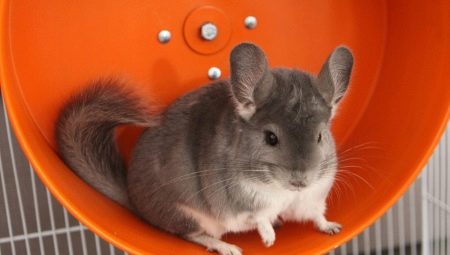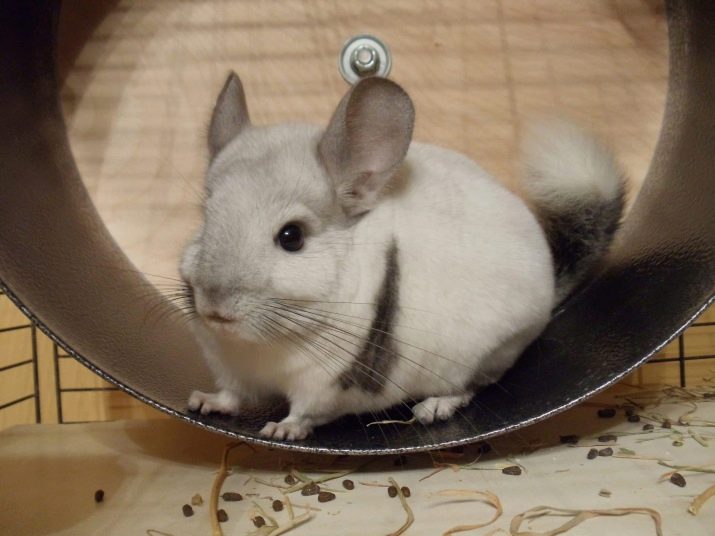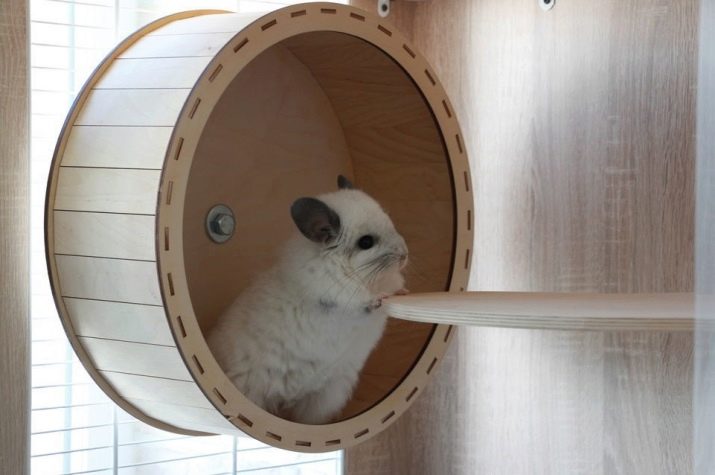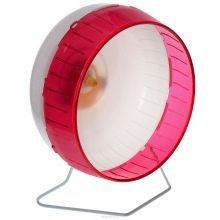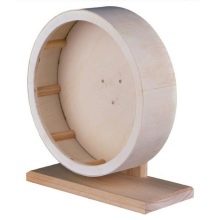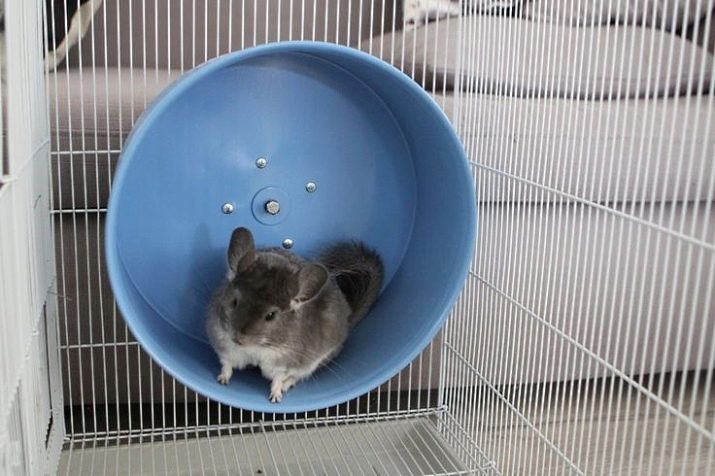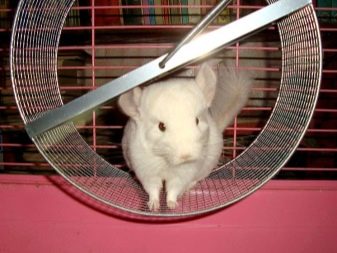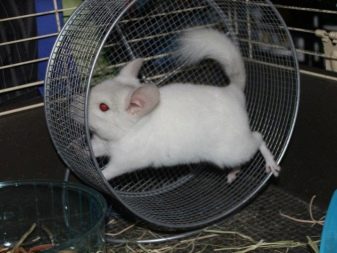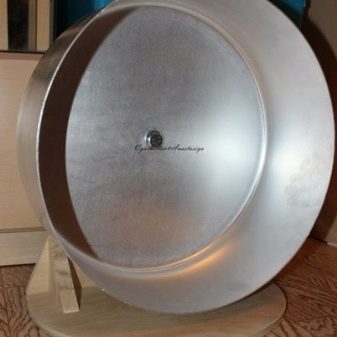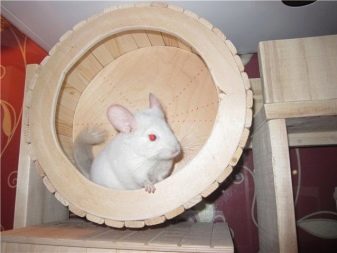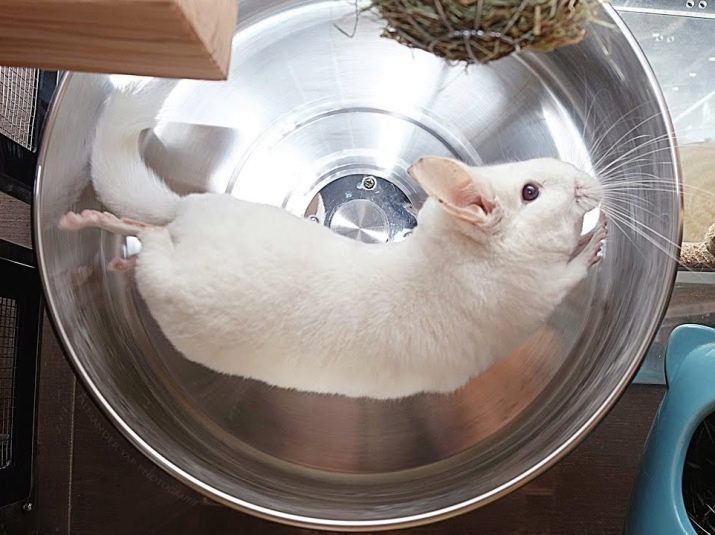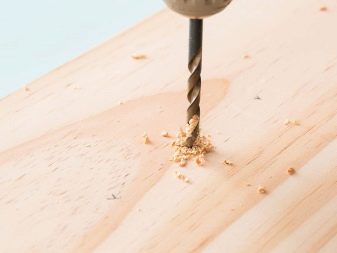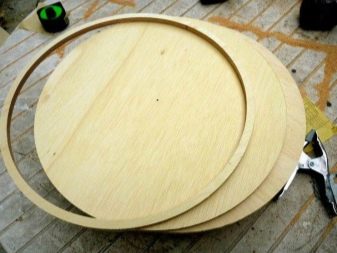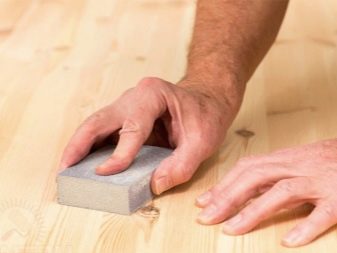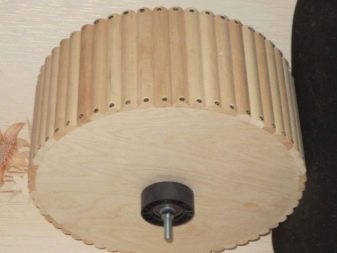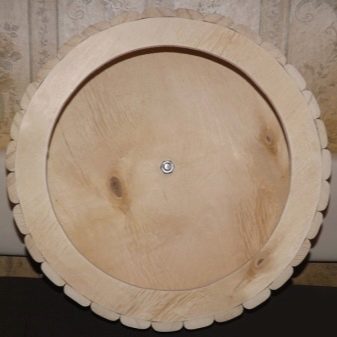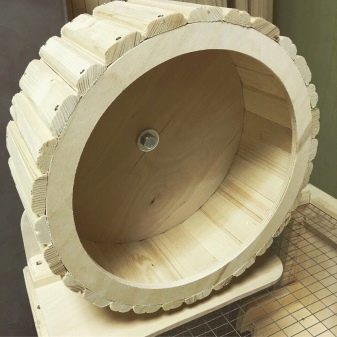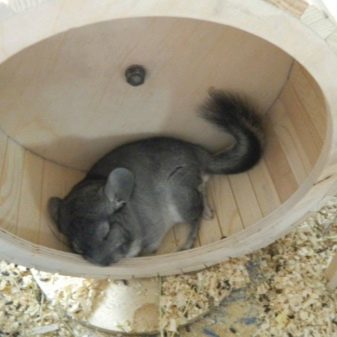Chinchilla is a very mobile animal. The tightness of the cell and the lack of movement can catastrophically affect its health. For such a pet running wheel is a prerequisite for living in a cage. Mini-simulator can be purchased at the pet store. But some owners of animals prefer to make a wheel with their own hands.
Animal Information
The homeland of short-tailed and long-tailed chinchillas is South America. These animals live in the mountains of the Andes, at an altitude of 500 to 5000 meters above sea level. As a dwelling they use cracks in the rocks, and where there are none, they burrow holes. Chinchillas can live up to 20 years, but often become victims of predators. The irrepressible energy of the animals helps them to survive in the harsh conditions of the Andes.
Domestic chinchillas are as fussy as their mountain cousins. The paws of animals are capable of making long jumps, the animals need an active run. Blood stasis caused by a passive lifestyle in a close cell, can lead to muscle atrophy of the hind limbs. Therefore, the wheel is not only an entertainment element, but also solves the serious problems of preventing various ailments.
Requirements for the simulator
Running wheel for chinchilla has a number of requirements. They relate to the safety of the animal and apply to both factory and homemade products.
- The running surface should be smooth, smooth, but not slippery.
- The simulator should be securely fixed to the walls or floor to avoid turning over.
- Hitting the foot in a mesh or plank surface can injure the animal.
- The running wheel should not be too heavy, since the weight of an adult rodent does not exceed 500-600 g, it will be difficult for it to unwind a powerful trainer with small paws.
- The volume of the wheel is chosen according to the size of the pet, that is, one and a half times larger than the animal itself.
- Making the simulator yourself, you should not get involved in paints and varnishes, you need to remember that a rodent will taste everything.
Wheel selection
Pet shops sell running wheels for rodents. Dimensions of devices should range from 28 to 45 centimeters. But in reality there are small wheels, designed for hamsters, for chinchillas, such simulators are suitable only in childhood. Occasionally larger specimens made from metal can be found. Their cost considerably exceeds small plastic models.
If the owners of plush animals can not find suitable wheels, they order them from the masters or make simulators with their own hands. By type of running wheels are divided into plastic, metal and wood. Considering each group separately, the user himself determines which material he has more confidence.
Plastic
Plastic products are difficult to find for an adult chinchilla, since their diameter does not exceed 32 centimeters. But the material itself has many advantages:
- it is lightweight, durable, does not absorb moisture and odors (in the event that the animal mixes it with a toilet);
- Rodents do not taste plastic, which helps the wheel to maintain its original appearance for a long time;
- It is easy to care for a plastic product, it is easy to clean and disinfect;
- such wheels belong to the cheapest price category.
Metal
Of all types of designs, metal products are recognized as dangerous.If the wheel has a mesh surface, the animal can catch a claw on one of the cells. While driving the wheel is fraught with injuries. Sometimes, instead of a mesh surface can be found plate. This type of simulator is even more doubtful, there is a danger of hitting the foot between the plates.
Chinchilla owners solve the problem simply, they wrap the wheel with a cloth, and it becomes safe.
In other respects, metal simulators have many advantages:
- they are strong and durable;
- the pet will not chew on them;
- the wheel does not absorb moisture and odors;
- The simulator can be easily disassembled and disinfected.
Tree
Wood is an environmentally friendly material, tactile and energetically close to animals with its natural properties. The ideal structure has no sharp edges and a mesh surface, it is safe and comfortable. But wood is inferior to metal and plastic according to the following criteria:
- it easily absorbs moisture and odors;
- difficult to care for;
- chinchillas are chewing on a wooden surface with pleasure.
If these shortcomings are not critical, the owners of the animals can assemble the wheel on their own. Wood is a malleable material, easy to work with.
Wheel dimensions
The size of the wheel should correspond to the dimensions of the pet. Comfortable size - an indispensable condition of the simulator, because the chinchilla runs a few tens of kilometers per day. Daily running in a tense, unnatural state will lead to spinal deformity and disorders of the musculoskeletal system. An adult chinchilla will need a wheel with a diameter of 40-45 cm, for a baby animal - 35-40 cm.
Making simulator do it yourself
If the question of the need for a wooden wheel chinchilla is no longer worth it, you can proceed to its manufacture with the given parameters. Before starting work, the necessary materials are prepared:
- plywood for the manufacture of the wheel base and its rim;
- measuring instruments;
- screws, large bolt;
- jigsaw to work with plywood;
- drill;
- rake 1-3 cm wide
Using a drill, you need to drill a small hole on a sheet of plywood, it will become the center of the wheel circumference. For an adult chinchilla, the size of the simulator should be 40 cm. Considering this parameter, a circle is drawn around the hole.
During the work periodically, it should be assessed with the look of your pet, as if “trying on” the future wheel on it.
While running, the body of the animal should be at the bottom of the structure, and not distributed in a tight circle, turning up. Too compact product will cause the rodent to stumble and twist, an unsuccessful movement can lead to injury.
The measured circumference must be carefully cut out with a jigsaw and cleaned the front part of the coarse-grained sandpaper to a perfect smooth state. In the final version of the circle will be connected to the rim with a plank surface. At this stage you should cut out the bezel from plywood. It should repeat the diameter of the circle and be a few centimeters wide. The cut part must also be sanded.
Treadmill collected from pieces of slats. It is cut into fragments of 15 or 17 centimeters (width of the treadmill). The outer ends, with which the animal can contact, are also treated with sandpaper. With the help of screws, fragments of the slats connect a circle and a rim. Gradually, step by step, the treadmill of the rodent is formed.
The design is ready. In the next step, a rotation node is created. It will require a long bolt (15 cm), the diameter of which must coincide with the hole drilled in the center of the circle. The bolt is inserted from the inside of the wheel and goes to the outside where the washer is pulled onto it. For smooth sliding, a rubber bearing is put on the bolt.
On the outer side of the simulator, a mounting bracket is fastened to the bolt, which is cut out of plywood. Its design parameters depend on the tastes of the master, as long as the wheel does not cling to the floor while driving. The holder connects the product to the platform. It is better to fasten it tightly to the floor so that the animal does not overturn it.
A fresh, freshly made wheel has a pleasant smell of wood. The aroma may attract chinchilla, and it will begin to gnaw the design. For this reason, the product should not be painted or varnished, so that the animal is not poisoned with paint and varnish compositions.
How to teach a chinchilla to run in a wheel?
Most often, special effort is not required, the pet quickly assesses the gift, and so quickly that it completely forgets about the owner. If the animal still did not understand what a piece was put in a cage, it can be prompted in certain ways. First you have to wait a bit. Comfortably exposed and fixed wheel should be of interest to the chinchilla. If the animal still does not understand what to do with the new toy, the wheel should be slightly scrolled up and down, but so as not to frighten the pet.
Any training is done without sudden movements.
The rodent can be invited to the treadmill using a treat. Climbing on it, he will feel the movement and can figure out what to do next. If he does not climb, he should be helped, put him on the wheel. Then shake slightly, covering the entrance with your hand so as not to slip out. Sometimes the fresh aroma of wood induces a rodent to a completely different action, and he perceives a new toy in his own way. In this case, time and patience will help, you need to leave the chinchilla alone, until everything happens in a natural way.
After reading the user reviews, you realize that chinchilla lovers often have to face the opposite problem. Ask questions about how to instill in the animal the skills of sensible use of the simulator. The animal runs in it for days. He sleeps, eats, and needs next to a new toy. Especially depressing the owners that the animal is no longer asking for hands and, it seems, does not need people at all. Seasoned "chinchilla catchers" calm down, offer to let the rodent play enough for a couple of weeks, they promise that in the future everything will go on as usual.
See the following video for a master class on making wheels for a chinchilla.
